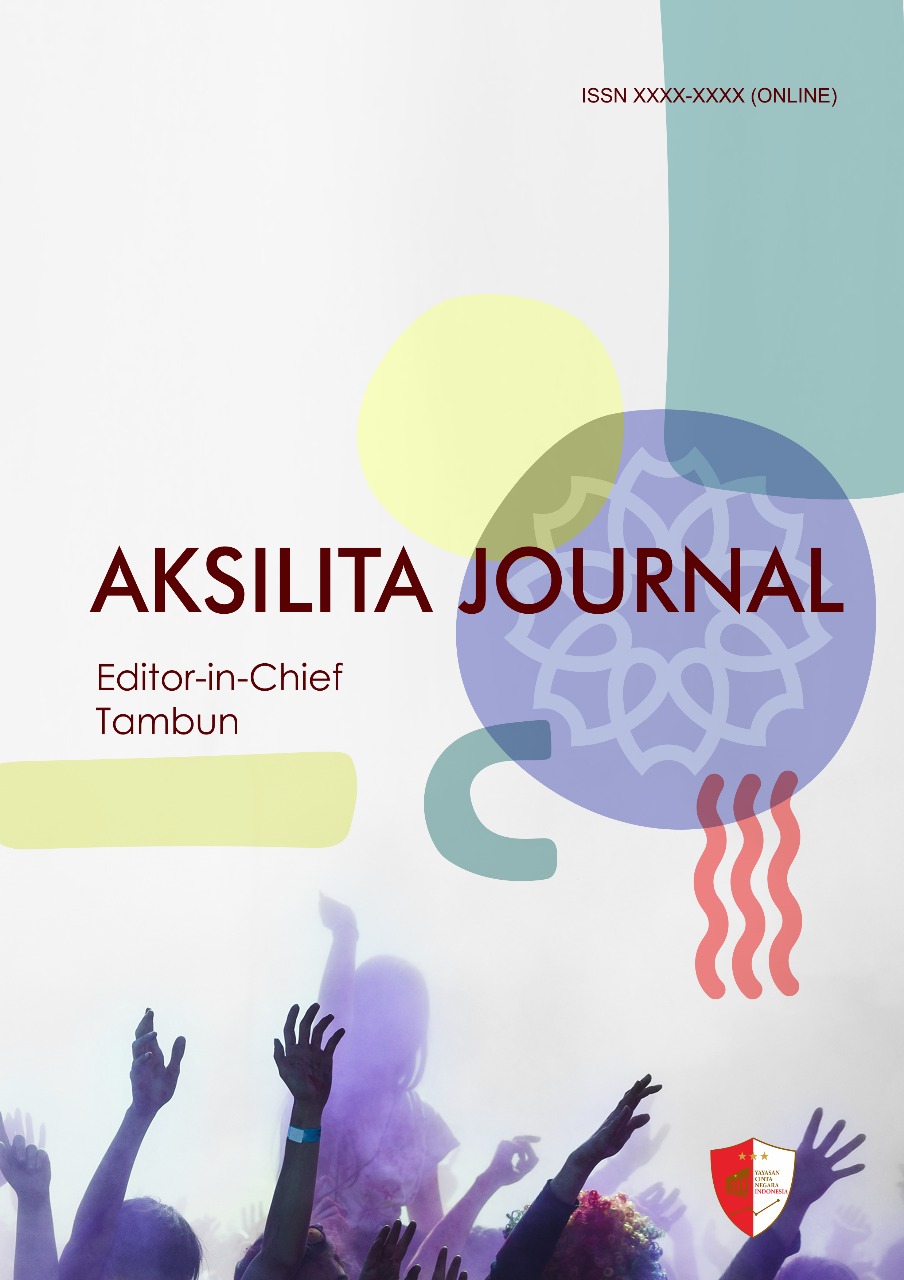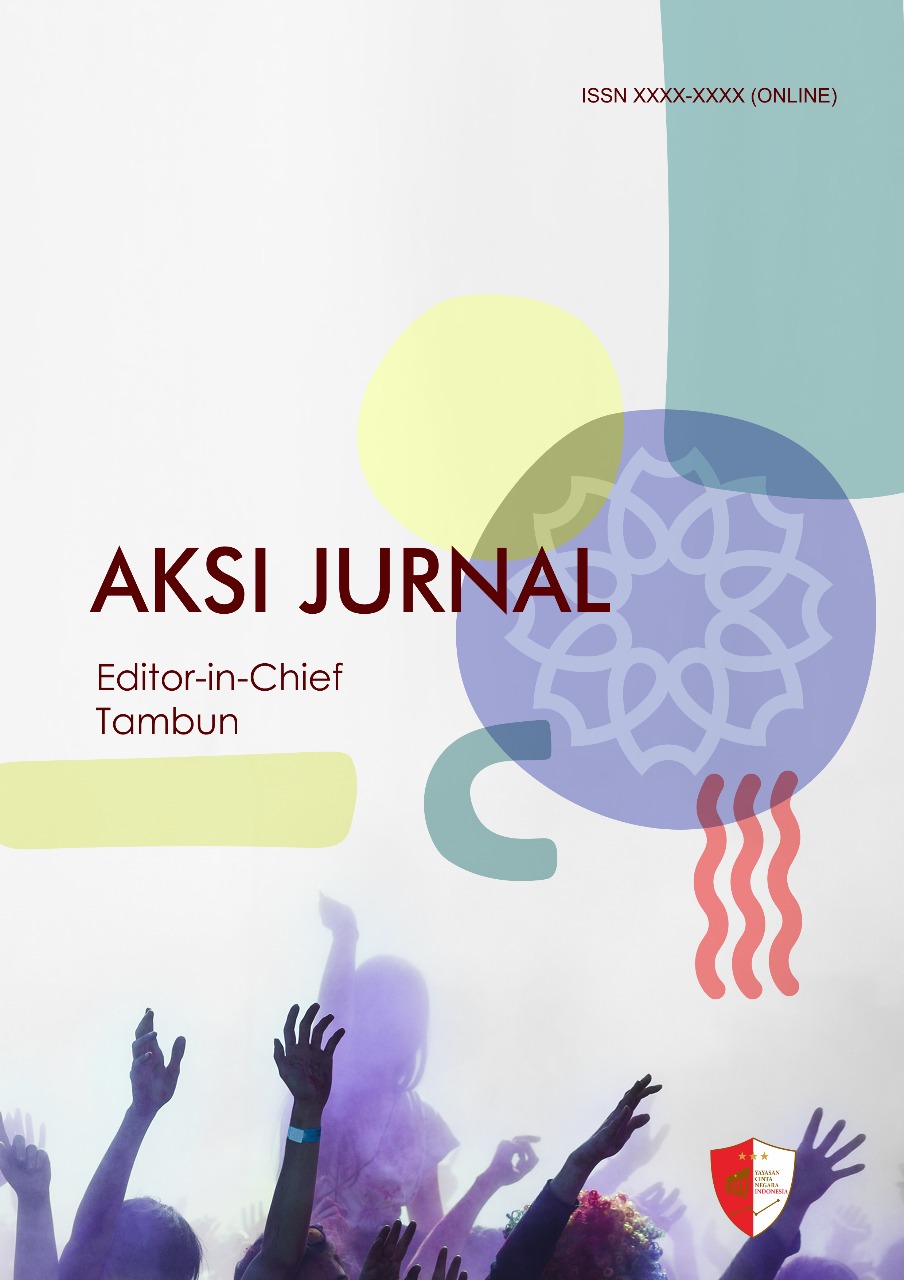Development of Community Intervention Models for the Prevention of Non-Communicable Diseases in Coastal Areas
Keywords:
Bonding social capital, Bridging networks, Institutional Trust, Social Cohesion, Social CapitalAbstract
Food security remains a pressing challenge in many rural areas, where limited access to resources, infrastructure, and institutional support often hinders sustainable agricultural practices and equitable food distribution. This paper explores the role of social capital in enhancing the effectiveness of community-based food security programs in rural settings. Social capital defined by the networks, norms, and trust that facilitate collective action has increasingly been recognized as a key driver in community resilience and development. Through a review of literature, field data, and case studies, this study identifies how various forms of social capital bonding (within-group ties), bridging (inter-group connections), and linking (vertical relationships with institutions) can be leveraged to improve food access, promote knowledge sharing, encourage local participation, and sustain collective farming and food distribution initiatives. The research finds that communities with stronger social cohesion, higher levels of trust, and active civic engagement are better able to organize around shared food goals, resist external shocks, and maintain long-term food programs. Furthermore, the study emphasizes the importance of integrating social capital strategies into public policy and development planning, particularly in regions vulnerable to climate change and economic marginalization. By strengthening local networks and fostering inclusive participation, social capital becomes a vital asset in achieving food sovereignty and sustainable rural development





